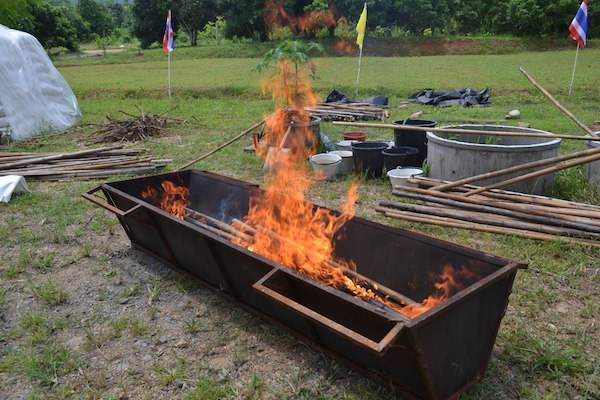








"You may never know what results come of your action, but if you do nothing there will be no result”
How Permies.com Works
Be Nice




"You may never know what results come of your action, but if you do nothing there will be no result”
How Permies.com Works
Be Nice








 1
1




Moderator, Treatment Free Beekeepers group on Facebook.
https://www.facebook.com/groups/treatmentfreebeekeepers/













 1
1




What is the payback rate? The cost per kilo watt hour (kWh) from Blue Ridge
Electric coop is 0.12 cents per kWh. The farm uses approximately 50 kWh per day
so 33 kWh would be over half the daily usage. This would be equivalent to $3.96 per
day and assuming 180 days a year it would be $712.80 per year. The payback
period on the steam generator would be 3.17 years. If the system is run 150 days it
would be $594 per year or the payback period is 3.8 years. If these number are
correct this would make the investment in the steam generator feasible.
Time considerations - It takes about 20 to 30 minutes to load 55 gallon drum
with branches.
What would be the typical run time for a single barrel from load up to cool
down?... so the system could reloaded. 24 hours?
It takes about 3 months man hours working 6 days a week to do the pruning. And
currently takes about 10 day man hours to haul branches to the nearest woods. This
might increase as we would be taking them all to one spot.
Sounds to me like it is not feasible as currently envisaged.If the project is feasible
perhaps a second kiln would need to be added or that may mean running virtually
every day for 6.25 months using a six day week from November to May.

Moderator, Treatment Free Beekeepers group on Facebook.
https://www.facebook.com/groups/treatmentfreebeekeepers/






| I agree. Here's the link: http://stoves2.com |



